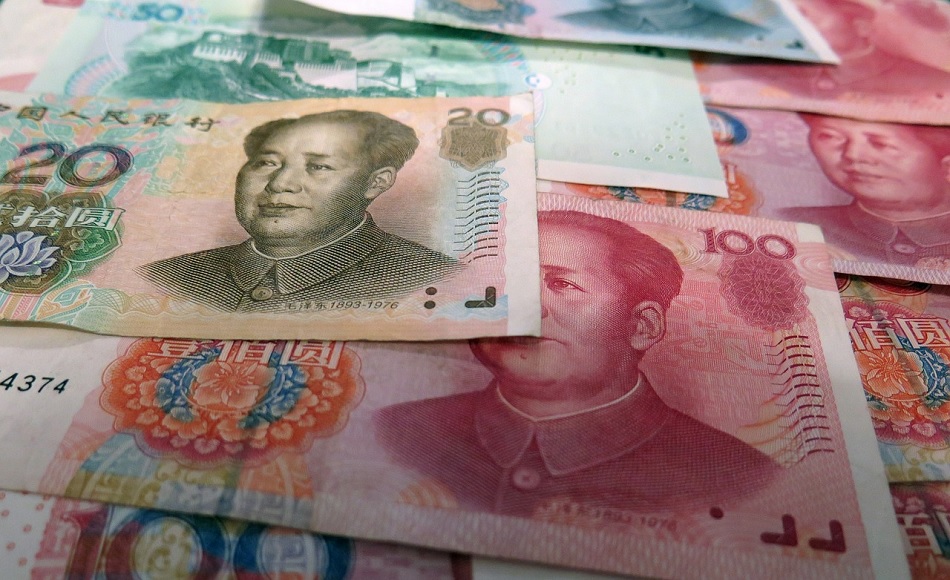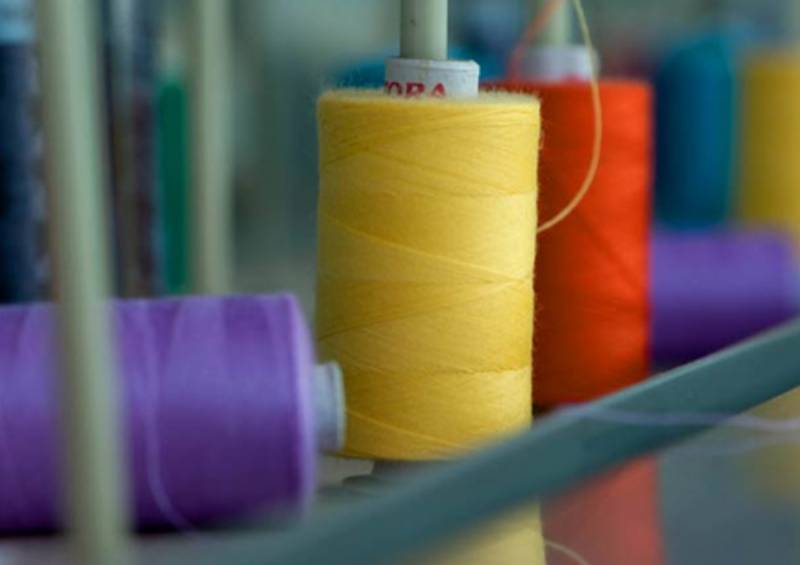
China’s chips have been down since Covid started four years ago with a chain reaction of global supply-chain upheavals. The effects are expected to persist for many more years as the negative effects of a global economic slowdown has led to a continued drop in the country’s exports. The mega apparel sourcing power houses of the US and European Union are continuing their de-risking operations by cutting down imports and taking steps to make their trade with China less risky.
As a result, Chinese exports suffered its steepest decline in June 2023 since the pandemic began, falling by a drastic 12.4 per cent as compared to 2022, after having had negative growth and dropping by 7.5 per cent in May.
As per International Monetary Fund (IMF) data, China’s share of US imports peaked in 2017 at 21.58 per cent. But this was before the US-China trade war and despite a slight rebound in 2020, overall trend remained negative, with shares dropping to 16.53 per cent last year. In the first four months of 2023, around, 20.9 per cent of textiles and apparel the US imported were from China, down about 4 per cent from 2022. The figure further fell to almost half of the total figures seen more than a decade ago, reveals Office of Textiles and Apparel under the US Department of Commerce (OTEXA) stats.
Most South Asian countries see trade slowdown
There has been a slowdown in global trade activity and this has hit most Asian economies like Taiwan, Vietnam, and South Korea along with China, both in the apparel as well as electronics segment. In June 2023, South Korea recorded a 6 per cent year-on-year drop in exports, which have declined for nine months in a row; Taiwan’s exports plunged 23.4 per cent for the 10th consecutive month, the steepest slump in almost 14 years. Vietnam also suffered the same kind of losses, by almost 10.25 per cent for the fourth straight month.
China’s export activity has fared slightly better as it has a more diversified product portfolio and is slightly more resilient but it still faces weakening demand in the US and EU. Earlier, the same shipments to these countries used to account for around a quarter of China’s total exports. However, now the situation has changed for the worse and this is just the tip of the iceberg as exports will be difficult to improve this year as it will depend on the destocking situation in overseas market. There may be a certain hike in demand during festive period but the sustainability issue remains unclear and the climb is difficult to maintain. Also, the upcoming autumn/winter demand will be slow as last year's inventory is still unused and even after the festive sales, the slowdown will continue.
Focus on trade diversification and dumping issues
A recent focus on trade diversification is currently creating a shift in demand for Chinese goods between different markets and not just eliminating China-made products, as many Western apparel companies cannot simply let go of the super-competitive Chinese production and logistics ecosystems, which other Asian countries have been unable to replicate over the years.
The dumping of Chinese products where the practice of exporting goods to another country at prices lower than even their manufacturing cost has created an imbalance in global trade practice. It is not only harming the domestic industries of importing country but also escalated trade tensions between China and trading partners and created legal problems and trade disputes.
With a growing sentiment among fashion companies in the US to reduce China exposure further due to concerns about the forced labor risks in the supply chain and escalating US-China geo-political tensions and quality concerns of low-priced Chinese goods, the situation doesn’t look too promising in the near future.












